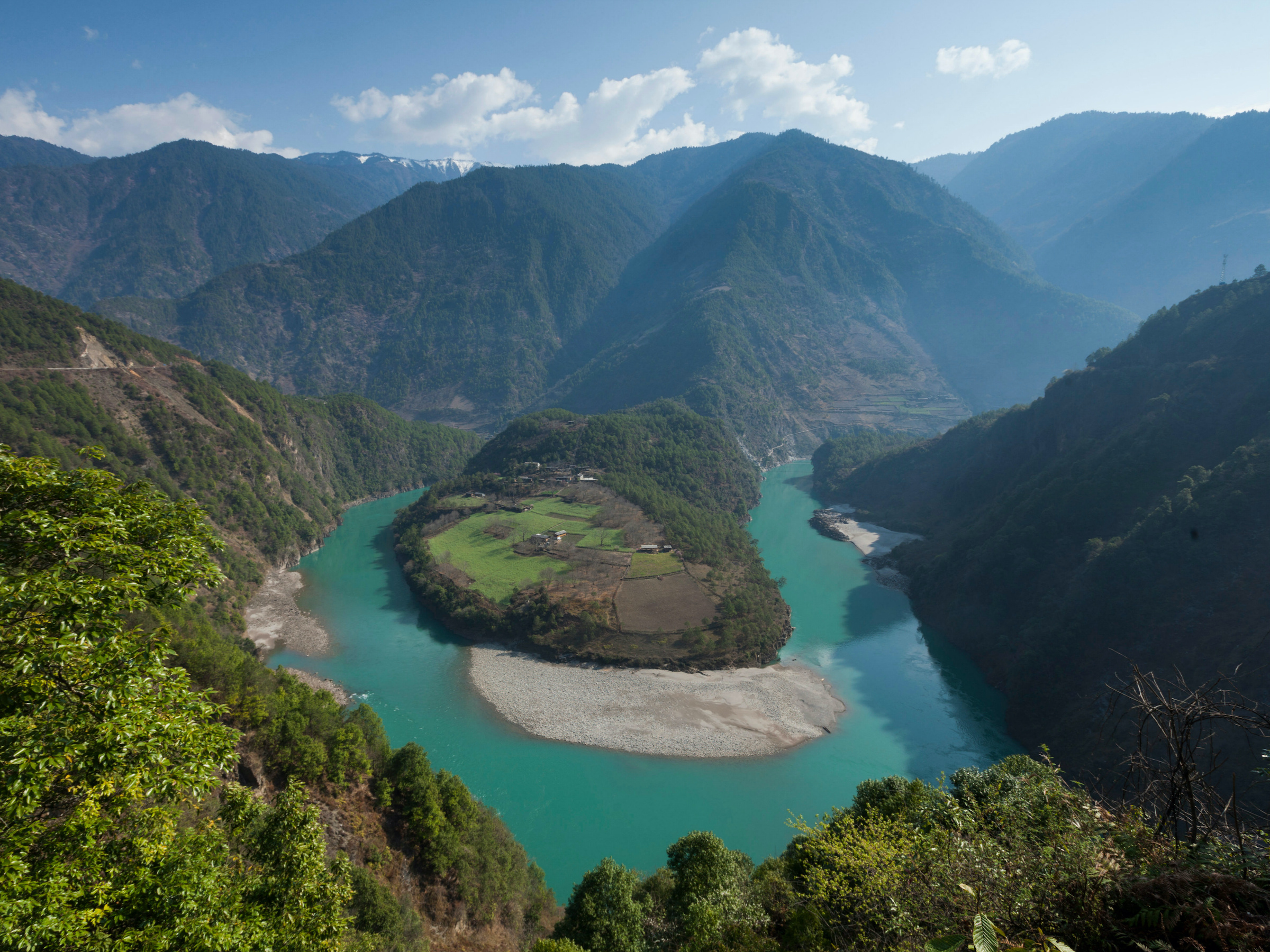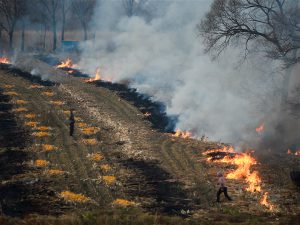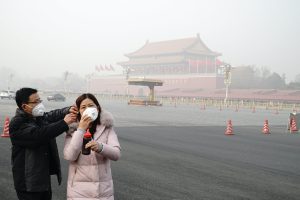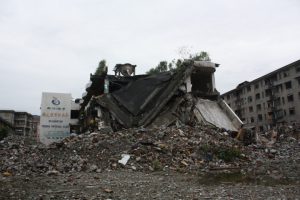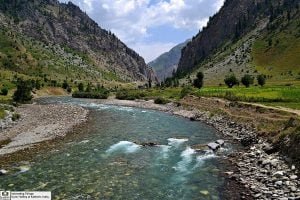Over the past two decades, as the environmental damage and threats to public health generated by China’s rapid economic development have grown ever more alarming, Chinese environmental history has emerged as a dynamic and expansive field of research. Environmental historians are concerned with showing the myriad ways in which past human actions have altered China’s environment, as well as how that changing environment has shaped and conditioned Chinese history.
The aim of China Dialogue’s new environmental history series will be to introduce some of the most cutting-edge academic research on the environmental history of China and highlight its contemporary significance.
Given China’s demographic and economic weight, what happens to the Chinese environment has always been, and will continue to be, of critical importance to the Earth’s environment as a whole. And to fully comprehend China’s contemporary environmental challenges we have to recognise that current problems result from a complex interplay between recent developments and patterns with deeper roots in China’s past. Those legacies will shape the options available to China and the world as we grapple with our mounting global ecological crisis.
By offering historical perspectives on the origins of China’s contemporary environmental realities, articles featured in this series will enrich our understanding of issues that are at the heart of global efforts towards the goals of sustainable and equitable development.
Read more from China Dialogue’s Environmental History Series
***
Some key environmental history books on China:
The Yellow River: The Problem of Water in Modern China by David A. Pietz (Cambridge, MA: Harvard University Press, 2015; (The history of the exploitation of the Yellow river and the roots of China’s current water challenges).
Fighting Famine in North China: State, Market, and Environmental Decline, 1690s-1990s by Lillian M. Li (Stanford: Stanford University Press, 2007); (How eighteenth century Qing Emperors sowed the seeds of famine in the nineteenth and early twentieth century).
China Marches West: The Qing Conquest of Central Eurasia by Peter Perdue(Cambridge, MA: Harvard University Press, 2005); (The environmental impact of China’s conquest of its northeastern territories under the Qing empire).
The Retreat of the Elephants: An Environmental History of China by Mark Elvin, (New Haven: Yale University Press, 2004); (An exhaustive, scholarly and highly readable environmental history of China, covering around 4,000 years of development and environmental degradation).
Tigers, Rice, Silk and Silt: Environment and Economy in Late Imperial South China by Robert Marks (Cambridge: Cambridge University Press, 1998); (How population growth and the commercialization of agriculture drove environmental change in Guangzhou and Guangxi).
Sediments of Time: Environment and Society in Chinese History, Mark Elvin and Liu Ts’ui-jung, eds. (Cambridge: Cambridge University Press, 1998). (Collection of pioneering essays comparing China, Japan and the West).
